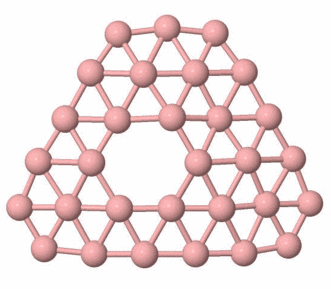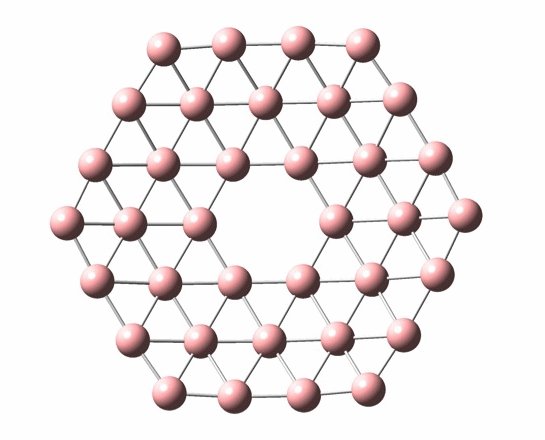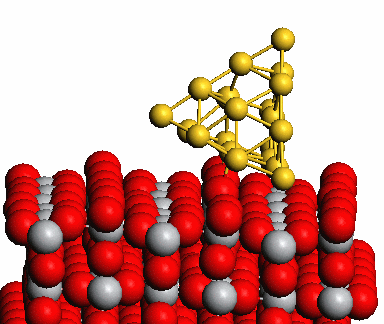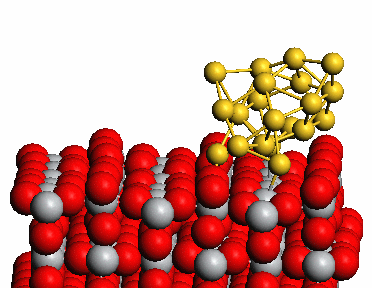 |
 |
 |
 |
 |
 |
 |
B30 |
B36 |
Au20/TiO2 |
Th4+ |
SiU |
1. Research Project
1) Relativistic quantum chemical studies of heavy elements
Theoretical studies of heavy element compounds are still open issues, especially for 4f and 5f elements. Theoretical chemistry of lanthanides and actinides is significantly important for elucidating their electronic structures and practical applications in biology, material science, nuclear fuel cycle, and nuclear waste disposal. Due to the importance of electron correlation and the complexity of relativistic effects, accurate theoretical studies of the related properties of lanthanides and actinides still have great challenges. Our research interests are mainly in
(A) the electronic structures
(B) multiple bonding analyses
(C) excited states and luminescence properties
Representative work includes noble gas (Ng) actinide complexes CUO(Ng)n and [(UO2)(Ng)n]+, C-An/Ln multiply bonded compounds H2C-MXY (M=An, Ln; X,Y=F2, FCl and Cl2), electronic spectra based on high-efficient RASPT2 scheme of UN2, NUO+ and UF6, and luminescence simulation of uranyl-glycine and ArxUO2Cl2 (x=2-3) complexes.
2) Computational catalysis and kinetics
Electronic structure calculations are quite important in understanding the catalytic mechanism and kinetics in the field of catalysis. These calculations not only provide insight into the chemical and physical processes of many heterogeneous and homogeneous reactions, but also in the design of new and improved catalysts. Therefore, DFT-based computational catalysis and kinetics are also performed in our group. Our research includes:
(A) Gold catalysis
(B) Bimetallic catalysis
(C) Supported effect in heterogeneous catalysis
(D) Single atom catalysis
Representative work includes 1.3-butadiene hydrogenation and propene oxidation on gold nanoparticles, selective oxidation of amines and alcohols on bulk gold, CO oxidation on highly active Au-Ag nanoparticales, selective oxidation of alcohols on Au-Pd alloy surface, and single-atom catalysis of CO oxidation using Pt1/FeOx.
2. Collaborations
1) Prof. Notker Rösch, Department Chemie and Catalysis Research Center,Technische Universität München, Germany
2) Prof. Pekka Pyykkö, Department of Chemistry, University of Helsinki, Finland
3) Prof. W.H.E. Schwarz, Theoretische Chemie, Universität Siegen, Germany
4) Prof. Lai-Sheng Wang (王来生), Department of Chemistry, Brown University, USA
5) Prof. Tao Zhang (张涛), Dalian Institute of Chemical Physics, Chinese Academy of Sciences
6) Prof. Ming-Fei Zhou (周鸣飞), Department of Chemistry, Fudan University, Shanghai, China |